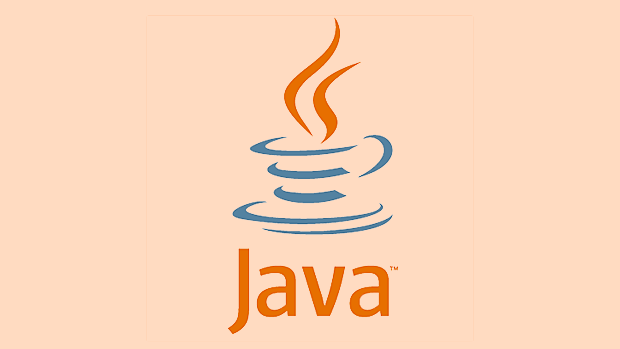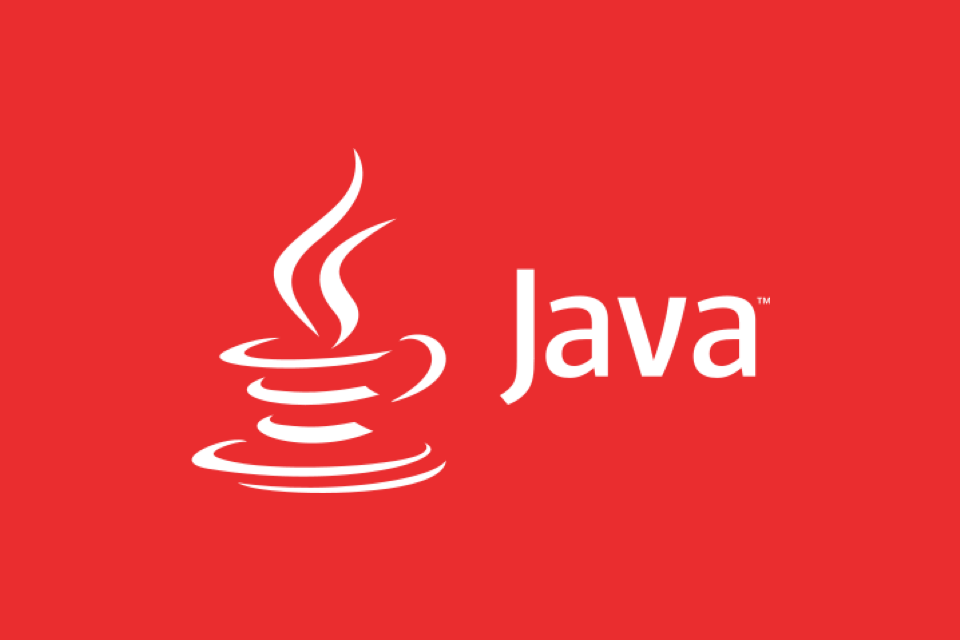Continuous Integration and Delivery (CI/CD) for Java Applications
Jul 25, 2025 am 02:59 AMUse Maven or Gradle to realize automated construction and dependency management to ensure that each submission triggers a repeatable construction process; 2. Automatically pull code, build, run unit tests, generate coverage reports and perform static analysis after code submission through the CI system to ensure code quality; 3. Automatic deployment to pre-release or directly release to production according to maturity in the continuous delivery stage. Common methods include JAR deployment, Docker image construction push and Kubernetes deployment; 4. Use external configurations to achieve multi-environment isolation and inject sensitive information through environment variables; 5. After deployment, problems are discovered in a timely manner through health checks, monitoring alarms and log systems, and support rapid rollback; an efficient Java CI/CD process significantly improves release efficiency and system stability through automated construction, testing, deployment and monitoring, and reduces the risks brought by human intervention.

Continuous Integration and Continuous Delivery (CI/CD) is crucial for the development of Java applications. It can significantly improve code quality, speed up the pace of release, and reduce human errors. For Java projects, the CI/CD process usually includes code submission triggering, automatic construction, unit testing, code quality inspection, packaging, automated deployment and other links. The following are the key points for building an efficient CI/CD pipeline.

1. Automated construction and dependency management
Java projects usually use Maven or Gradle as build tools, which automatically manage dependencies, compile code, run tests, and generate deployable artifacts (such as JAR or WAR).
- Maven : Suitable for standardized project structure, simple configuration, and rich plug-in ecology.
- Gradle : More flexible, using Groovy or Kotlin DSL, suitable for complex construction logic.
In the CI process, each code submission should trigger:

mvn clean package # Maven ./gradlew build # Gradle
Ensure that the build is repeatable and has no local dependencies.
2. Continuous integration: Code submission is validation
The core of CI is fast feedback. When developers push code to repositories (such as GitHub, GitLab), CI systems (such as Jenkins, GitHub Actions, GitLab CI) should automatically perform the following steps:

- Pull the latest code
- Execute the build
- Run unit tests (JUnit/TestNG)
- Generate test coverage reports (such as JaCoCo)
- Static code analysis (Checkstyle, PMD, SpotBugs)
Sample GitHub Actions snippet:
jobs:
build:
runs-on: ubuntu-latest
Steps:
- uses: actions/checkout@v4
- name: Set up JDK 17
uses: actions/setup-java@v3
with:
java-version: '17'
- name: Build with Maven
run: mvn -B package --file pom.xml
- name: Run tests
run: mvn testEnsure that all tests are allowed to be merged into the master branch only after they are passed.
3. Continuous delivery/deployment: Automated release process
The goal of CD is to make code ready to deploy. Depending on team maturity, you can choose:
- Continuous delivery : Automatically deploy to pre-release environments (such as Staging), waiting for manual confirmation to be launched.
- Continuous deployment : fully automated, directly released to production after passing tests.
Common deployment methods:
- Deploy JAR packages to the server and restart the Spring Boot application
- Build Docker images and push them to mirror repositories (such as Docker Hub, ECR)
- Deployment with Kubernetes (Helm CI/CD)
Example: Build a Docker image and push it
- name: Build Docker image
run: docker build -t myapp:$SHA .
- name: Push to Docker Hub
run: |
echo ${{ secrets.DOCKER_PASSWORD }} | docker login -u ${{ secrets.DOCKER_USERNAME }} --password-stdin
docker push myapp:$SHA4. Environmental isolation and configuration management
Java applications should support multiple environments through external configurations (such as application.yml Spring Profiles):
# application-prod.yml
server:
port: 8080
spring:
datasource:
url: ${DB_URL}Inject sensitive information (database password, API key) through environment variables to avoid hard coding.
5. Monitoring and rollback mechanism
After deployment, the application /actuator/health health) and integrated logs and monitoring (Prometheus Grafana). Once an exception is found, it supports quick rollback to the previous version.
Basically that's it. A mature Java CI/CD process is not complicated but it is easy to ignore details: such as test coverage access control, construction cache acceleration, and multi-environment configuration separation. As long as you stick to automation, the team can focus more on function development rather than manually "packaging-upload-restarting".
The above is the detailed content of Continuous Integration and Delivery (CI/CD) for Java Applications. For more information, please follow other related articles on the PHP Chinese website!

Hot AI Tools

Undress AI Tool
Undress images for free

Undresser.AI Undress
AI-powered app for creating realistic nude photos

AI Clothes Remover
Online AI tool for removing clothes from photos.

Clothoff.io
AI clothes remover

Video Face Swap
Swap faces in any video effortlessly with our completely free AI face swap tool!

Hot Article

Hot Tools

Notepad++7.3.1
Easy-to-use and free code editor

SublimeText3 Chinese version
Chinese version, very easy to use

Zend Studio 13.0.1
Powerful PHP integrated development environment

Dreamweaver CS6
Visual web development tools

SublimeText3 Mac version
God-level code editing software (SublimeText3)
 VSCode settings.json location
Aug 01, 2025 am 06:12 AM
VSCode settings.json location
Aug 01, 2025 am 06:12 AM
The settings.json file is located in the user-level or workspace-level path and is used to customize VSCode settings. 1. User-level path: Windows is C:\Users\\AppData\Roaming\Code\User\settings.json, macOS is /Users//Library/ApplicationSupport/Code/User/settings.json, Linux is /home//.config/Code/User/settings.json; 2. Workspace-level path: .vscode/settings in the project root directory
 How to handle transactions in Java with JDBC?
Aug 02, 2025 pm 12:29 PM
How to handle transactions in Java with JDBC?
Aug 02, 2025 pm 12:29 PM
To correctly handle JDBC transactions, you must first turn off the automatic commit mode, then perform multiple operations, and finally commit or rollback according to the results; 1. Call conn.setAutoCommit(false) to start the transaction; 2. Execute multiple SQL operations, such as INSERT and UPDATE; 3. Call conn.commit() if all operations are successful, and call conn.rollback() if an exception occurs to ensure data consistency; at the same time, try-with-resources should be used to manage resources, properly handle exceptions and close connections to avoid connection leakage; in addition, it is recommended to use connection pools and set save points to achieve partial rollback, and keep transactions as short as possible to improve performance.
 Mastering Dependency Injection in Java with Spring and Guice
Aug 01, 2025 am 05:53 AM
Mastering Dependency Injection in Java with Spring and Guice
Aug 01, 2025 am 05:53 AM
DependencyInjection(DI)isadesignpatternwhereobjectsreceivedependenciesexternally,promotingloosecouplingandeasiertestingthroughconstructor,setter,orfieldinjection.2.SpringFrameworkusesannotationslike@Component,@Service,and@AutowiredwithJava-basedconfi
 python itertools combinations example
Jul 31, 2025 am 09:53 AM
python itertools combinations example
Jul 31, 2025 am 09:53 AM
itertools.combinations is used to generate all non-repetitive combinations (order irrelevant) that selects a specified number of elements from the iterable object. Its usage includes: 1. Select 2 element combinations from the list, such as ('A','B'), ('A','C'), etc., to avoid repeated order; 2. Take 3 character combinations of strings, such as "abc" and "abd", which are suitable for subsequence generation; 3. Find the combinations where the sum of two numbers is equal to the target value, such as 1 5=6, simplify the double loop logic; the difference between combinations and arrangement lies in whether the order is important, combinations regard AB and BA as the same, while permutations are regarded as different;
 python pytest fixture example
Jul 31, 2025 am 09:35 AM
python pytest fixture example
Jul 31, 2025 am 09:35 AM
fixture is a function used to provide preset environment or data for tests. 1. Use the @pytest.fixture decorator to define fixture; 2. Inject fixture in parameter form in the test function; 3. Execute setup before yield, and then teardown; 4. Control scope through scope parameters, such as function, module, etc.; 5. Place the shared fixture in conftest.py to achieve cross-file sharing, thereby improving the maintainability and reusability of tests.
 Troubleshooting Common Java `OutOfMemoryError` Scenarios
Jul 31, 2025 am 09:07 AM
Troubleshooting Common Java `OutOfMemoryError` Scenarios
Jul 31, 2025 am 09:07 AM
java.lang.OutOfMemoryError: Javaheapspace indicates insufficient heap memory, and needs to check the processing of large objects, memory leaks and heap settings, and locate and optimize the code through the heap dump analysis tool; 2. Metaspace errors are common in dynamic class generation or hot deployment due to excessive class metadata, and MaxMetaspaceSize should be restricted and class loading should be optimized; 3. Unabletocreatenewnativethread due to exhausting system thread resources, it is necessary to check the number of threads, use thread pools, and adjust the stack size; 4. GCoverheadlimitexceeded means that GC is frequent but has less recycling, and GC logs should be analyzed and optimized.
 Understanding the Java Virtual Machine (JVM) Internals
Aug 01, 2025 am 06:31 AM
Understanding the Java Virtual Machine (JVM) Internals
Aug 01, 2025 am 06:31 AM
TheJVMenablesJava’s"writeonce,runanywhere"capabilitybyexecutingbytecodethroughfourmaincomponents:1.TheClassLoaderSubsystemloads,links,andinitializes.classfilesusingbootstrap,extension,andapplicationclassloaders,ensuringsecureandlazyclassloa
 How to work with Calendar in Java?
Aug 02, 2025 am 02:38 AM
How to work with Calendar in Java?
Aug 02, 2025 am 02:38 AM
Use classes in the java.time package to replace the old Date and Calendar classes; 2. Get the current date and time through LocalDate, LocalDateTime and LocalTime; 3. Create a specific date and time using the of() method; 4. Use the plus/minus method to immutably increase and decrease the time; 5. Use ZonedDateTime and ZoneId to process the time zone; 6. Format and parse date strings through DateTimeFormatter; 7. Use Instant to be compatible with the old date types when necessary; date processing in modern Java should give priority to using java.timeAPI, which provides clear, immutable and linear






